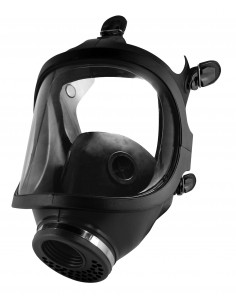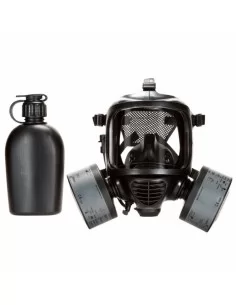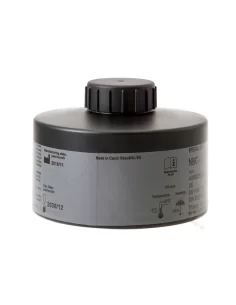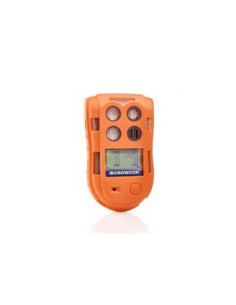Gas analysers or gas detectors?

It’s important that gases can be detected quickly. Both gas analysers and gas detectors form an essential part of a gas safety system.
The presence of toxic and combustible gases can be a hidden danger in many different types of businesses. It is therefore vital to have the right technology in place that can help to keep people safe. Gases are often colourless, odourless and cannot be picked up by human senses.
This makes us reliant on detection technology to help identify the presence of these gases. Hazardous and dangerous gases are often present in industrial spaces where volatile compounds are commonplace.
Therefore, it is important that these can be detected quickly if action such as evacuation is to be taken. Both gas analysers and gas detectors form an essential part of a gas safety system.
A gas detector will make you aware of gas levels past a predetermined threshold, whilst a gas analyser gives accurate readings of a sampled gas to provide data on its composition. Once triggering levels have been detected, it is then possible to raise the alarm and take appropriate action while the problem is rectified.
What is a gas detector?
Keeping people safe is the most crucial factor in any industrial workplace. Whilst there can be many different hazards in these environments, they can often be guarded against or easily detected. However, dealing with dangerous gas is very different, and it needs specialist equipment to spot a problem. This means that a gas detector is essential in a place that houses potentially dangerous chemicals and gases.
These can be fixed in one area of particular concern or be portable, moving around high-risk areas assessing real-time levels. This is particularly useful in larger spaces or for those who are regularly moving from one location to another. A fixed gas detector is usually connected to the overall building automation system, triggering alerts immediately if it picks up anything untoward.
A gas detector consists of a probe and a sensor signal conversion circuit and completes its detection process by exposing the sensor to the gas. It can detect without considering the conditions of the gas and exposes the sensor directly into the tested area without eliminating interference factors.
When it detects gas levels that are above a prescribed limit, it will trigger an alarm to allow action to be taken immediately to keep people safe. The most important factors for a gas detector are swift response and reliable detection – capturing the composition is not a priority.
The detectors themselves can work using a range of technologies, such as ultrasonic, electrochemical, or infrared and can detect a range of substances, including flammable or combustible gases and those that may pose inhalation hazards. They ensure that the atmosphere is safe to work in but do not provide information on the precise levels of the gas that is present.
They give fast and reliable results and tend to be easy to use, allowing the user to be made aware of a range of things, including explosive atmospheres, oxygen deficiency and toxic gases without difficulty.
What is a gas analyser?
Gas analysers are designed to measure the concentration of specific gaseous compounds and are commonly used within the renewable resources sector. Just like detectors, analysers can also be either of fixed or portable form factor. The fixed system is permanently installed in the plant, regularly providing gas readings. In contrast, portable analysers are usually small, handheld devices that can be carried on-site, allowing the user to have rapid gas analysis data.
The analysers are used across a wide range of industries, from agriculture and manufacturing to water treatment and waste management. They analyse the gas composition and low oxygen levels in plant operations to ensure the gas readings are within the acceptable range for the safety of employees and the quality of the processes.
The gas emissions released from these applications are generally used for renewable energy production. If the produced gas is being burned for power, it is vital to know the specific composition of the gas in advance. Therefore, these emissions need to be measured regularly. Accuracy is essential as even a small variation in gas concentrations can significantly affect the plant’s performance. This is why the deployment of a gas analyser is necessary in the output of the production process.
Gas analysis instrumentation is a more complex technology due to the high accuracy requirements of measurements. Typically, samples are analysed over a 2–3-minute period and the data is outputted to a central system. This contrasts with detectors, where immediacy is paramount and outputs the moment the trigger level is present.
Different types of analysers are available, depending on the applications and the gas type that requires monitoring. It is essential to understand the pros and cons of detectors and analysers in order to make an informed purchasing decision.








